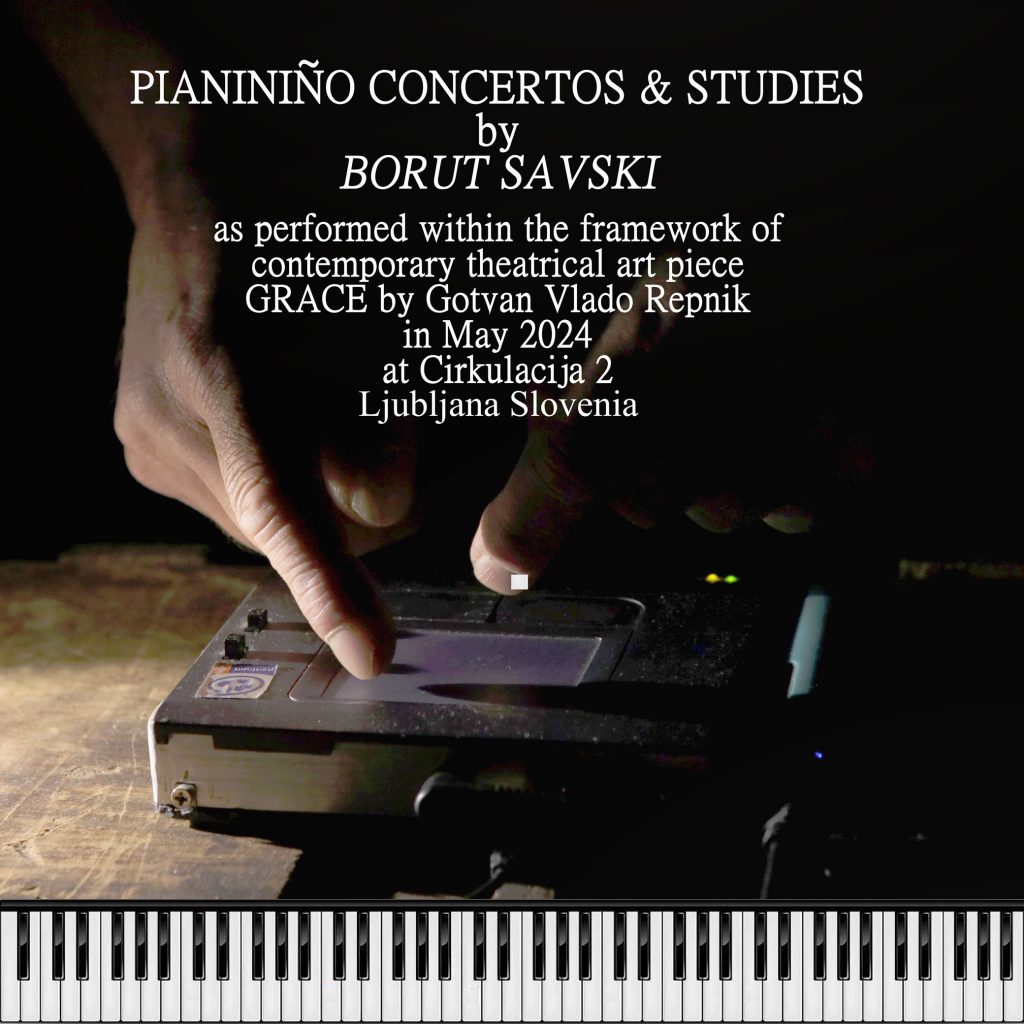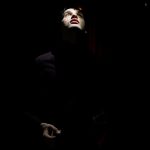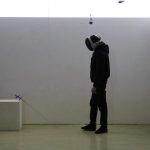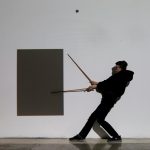A music album consisting of recordings of piano concerts in theatrical performance GRACE / an attempt at touching.
Piano concertos, on the level of an electronic interface with the sound of a piano. Nevertheless, played extremely seriously in front of live audiences with around 30 to 40 visitors at each. The selection below consists of four unedited recordings of concerts performances and five studies – which to some extent deviated from the basic idea of emphasizing silence and the vague use of musical phrases.
The points of departure for my concert approach were twofold, if not threefold.
First, a quote about pure music, which was a recent point of departure – also included in this approach:
“Pure music is that which speaks for itself. It does not need content / social context .It is an idea (doesn’t need a body?) It is a logical (cerebral?) activity that is approached by the reduction of elements of sociality (sociability?) Pure music is not a search for natural patterns or natural resources – it’s not mimetic. But all these are just starting points.” (Borut Savski)
A special story is the use of a completely unremarkable plastic box, which looks like just part of an old laptop, but has a new interior and completely respectable functionality at the level of use. In the overall final effect, of course, we parasitize on all the great history of the piano – and especially on the bourgeois and high culture ideological signatures, to which we can easily add the parallel social movements of the end of the 19th century and the beginning of the 20th century. Of course, these are not positive. Nowadays, playing the piano as virtuoso is still the ultimate achievement to which more and more people aspire. But according to the still present tendency for genius individuals, only a few are selected. The use of a disreputable pianino is therefore also a comment on this sort of repression. As said, the device was played extremely seriously.
If we believe that music is always linked to singing, i.e. melodious-rhythmic construct which sometimes lacks a singing part (we say it is instrumental) – but until the recent appearance of musical experimentation, it still firmly maintains a singable melodic-rhythmic line. Singable means supportive to singing, or a structure that imitates singing. Singing usually has lyrics, which are sentences – these carry meaning. Music is so meaningful, even if it’s instrumental. Melodic-rhythmic structures can speak an abstract musical language that we may not understand very well. If we try to avoid this determinism of musical wording, then we find ourselves in the field of reduction and chopping of words into unspoken meanings – in the coarse of syllables. Even non-verbal voices have their place here. Well, non-word sounds are often not meaningless either. Some of them are, however.
The emptiness (and meaninglessness) had to be constructed in the manner of emphasized fragmentation of the sound stream. The time distance between individual (micro) phrases introduces plenty of opportunities to perceive silence. Silence comes at the perceptible loss of sound – every time. That’s why, of course, a sound must first exist – and resonate. Here is already an announcement of silence, which needs to be given plenty of space. The next syllable/phrase must also not be a continuation of the previous one – which I consciously tried to do especially in concert performances. Here I purposely moved away from the implementation of meaning – narration/wording.
In the concert performances, the guideline was to assemble three structures in the room: one was, of course, the sound of the piano, the other was the action on the accompanying video projection of a very slow, even solemn, dynamic. We purposely did not coordinate/synchronize the two – even more: I was facing the audience while playing the sound. The aim was to create a disjointed/asynchronous coexistence of sound and image, which, according to my prediction, enables the creation of an unfilled space – with the awareness that the human mind inevitably assembles the present elements into a coherent whole – an integrating apparatus. The third actively participating substance was the audience – that is, every individual present.
To help the sound be believable, there were six Castrats – vibrating loudspeakers, placed among the audience. The assumption was that they would help to feel the sound (of piano?) more directly.
A music album consisting of recordings of piano concerts in theatrical performance
GRACE
an attempt at touching
· script and direction: Gotvan Vlado Repnik
· dramaturgy: Nina Meško
· performer: Borut Savski
· performer: Tatiana Kocmur
· a=tF²: !gor #352;
· performer: Jernej Šmid
· performer: Marko Batista
· video design: Simon Svetlik
· editing: GVRLAN
· supervision: Simon Kardum
· photograph: Sunčan Stone
· production: GVR Institute for Contemporary Art Ljubljana
· co-production: Cirkulacija², Kino Šiška, KIBLA Maribor
· web page: https://babalan.kibla.org/milost/index.html




